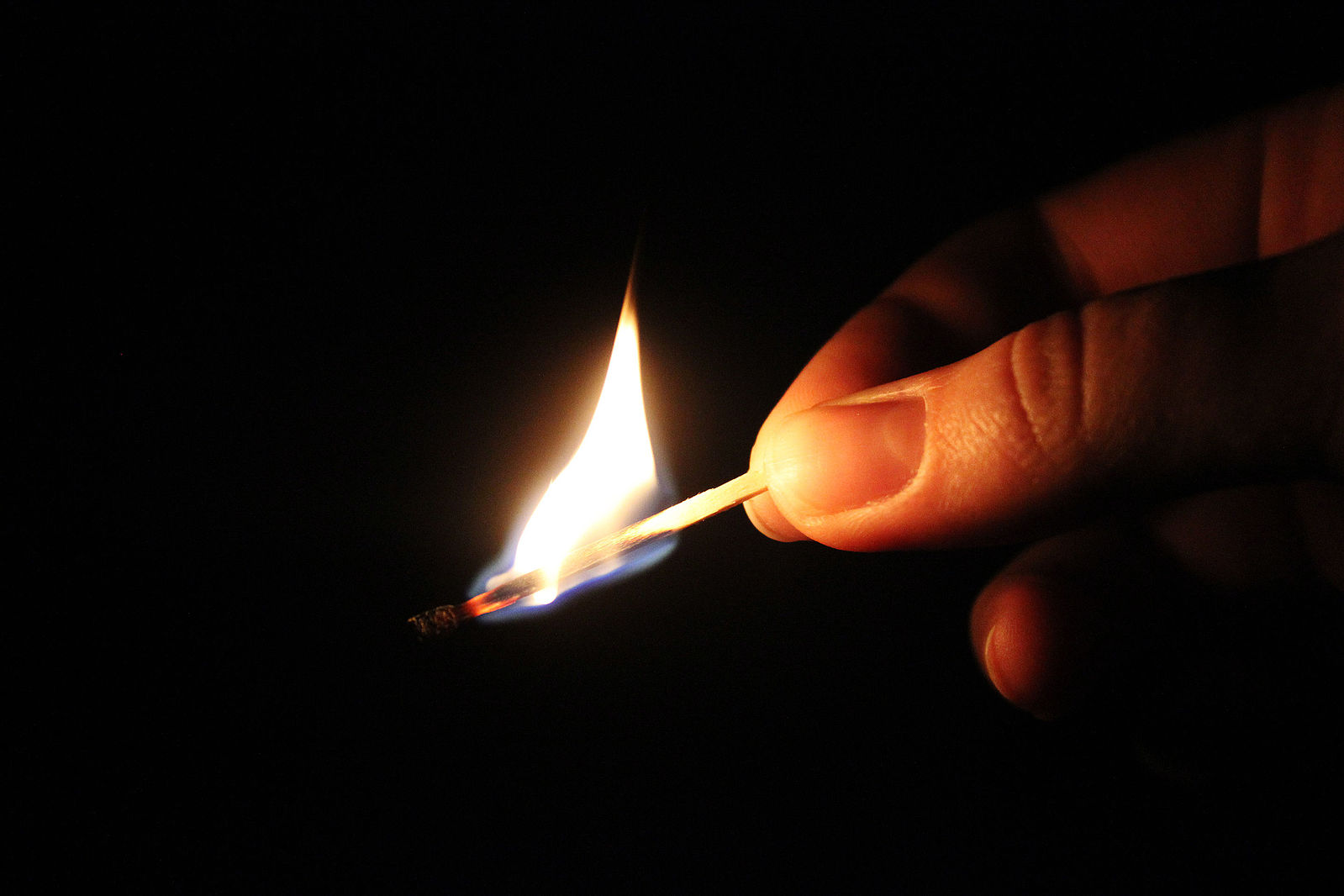Quick summary
- 10s of millions of Americans live in energy poverty, meaning they experience hardship paying for their basic energy needs. 25 million US households say they've gone without food or medicine to pay for energy. 12 million say they’ve kept their home at an unsafe temperature.1
- US energy poverty should have decreased since 2008, when the price of natural gas--the fuel that powers most home energy use--started plummeting. But energy poverty is going up because we have added so much wasteful, unreliable solar and wind infrastructure to the grid.2 3
- The more unreliable energy countries mandate, the worse energy poverty gets. German households have seen their electricity prices double in 20 years thanks to wasteful, unreliable solar and wind infrastructure. Their electricity prices are 3X the US’s too-high prices.4 5
- Skyrocketing energy prices from solar and wind mandates don’t just increase energy poverty. They increase all poverty by making every product more expensive, and by making American industry uncompetitive. Does anyone think Americans need higher prices and fewer jobs right now?
- Politicians need to learn from our mistakes and Germany’s mistakes that mandating unreliable solar and wind increases poverty. Instead, many including Joe Biden want to mandate nearly 100% solar and wind. This is impossible and won’t happen, but even 33% would cause mass poverty.6
- The fastest way to decrease energy poverty and overall poverty is to end all favoritism for wasteful, unreliable solar and wind schemes. And above all reject any proposal to outlaw reliable fossil fuels and nuclear in favor of unreliable “renewable” energy.
References
-
U.S. Energy Information Administration - Residential Energy Consumption Survey, 2015 Table HC11.1↩
-
Since the peak in 2008, natural gas prices for electricity production, residential, commercial, and industrial consumers have fallen across the board.
U.S. Energy Information Administration - Natural Gas Prices↩
-
Natural gas, solar, and wind capacity additions dominate in US grid areas. But despite falling natural gas prices and improving natural gas power plant technology, electricity prices do not fall.
-
German household electricity prices have more than doubled to over 0.3€ per kWh ($0.35 per kWh depending on currency exchange rate) since 2000 when the modern renewable energy law started to massively incentivize solar and wind capacity on the German grid.
BDEW Strompreisanalyse July 2020 p. 7↩ -
The average US household price in 2018 was $0.1287 per kWh. U.S. Energy Information Administration - Electric Power Annual table 5a↩
-
Joe Biden’s energy plan also calls for a net-zero CO2 emissions economy wide by no later than 2050. His climate plan also promises aggressive new methane emission limits. Effectively, this amounts to a ban and early retirement of coal, gas, and oil for electricity generation (over 60% of the current total), as there is no cost-effective technology available to capture CO2 from fuel combustion, even though Biden tried to backpedal on the direct attacks against fracking recently.
Since Biden’s plan does nothing to address the drastic overregulation of nuclear, and the US has very little additional hydro capacity, his plan necessarily requires overwhelmingly solar and wind.↩
